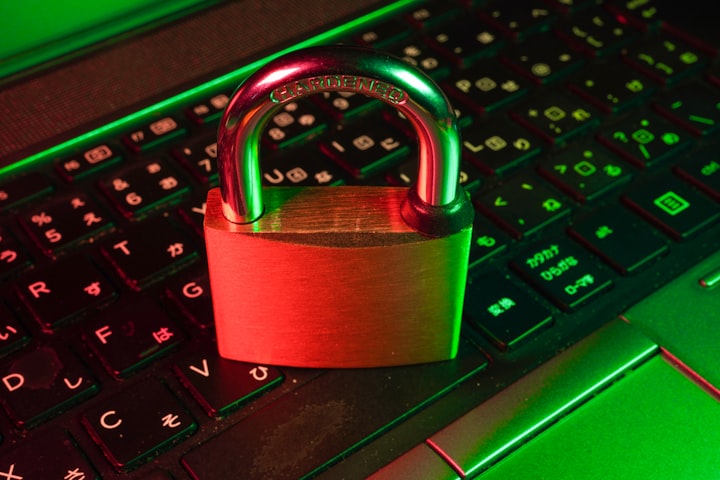Alarming Cyber Security Stats to Know in 2022 (Infographic)
Facts & Stats about Cyber-Security
Malware… Phishing… Password Attacks… and so on.
If we observe the current threat landscape, it clearly has evolved in an unpredictably diverse manner…
… where cyber-attacks have become more targeted, sophisticated, and difficult to identify.
Let’s go through some cyber security stats.
#1. Breaches are Getting Expensive:
In the year 2021, the global average cost of a data breach was reported to be $4.24 million, which is the highest in the past 17 years.
A major reason behind this massive increase in breaches is remote work.
While employees were away from offices, at their homes, and definitely had lesser security mechanisms available for protection, it was easier for attackers to target them.
Remote work has increased the average cost of a data breach by $1.07 million.
Another factor that contributes largely to this increase is manipulative human psychology.
Humans are considered as the weakest links in this cyber-security chain.
If somehow human error was eliminated completely, then 95% of cyber-attacks would not have taken place at all.
Now a day, since every organization is aware of the devastating impact of cyber-attacks, they have deployed the right security mechanisms in place to stay protected.
Hence, cyber attackers find it easier to trick humans into performing actions than to penetrate into multiple layers of security.
In the year 2021, 85% of breaches involved a human element, while only 3% involved vulnerability exploitation.
#2. Credentials – Your Baseline Defense:
Stolen or misused credentials are responsible for as much as 61% of cyber-attacks globally.
Your credentials are your baseline defense, once they are down, everything else follows.
For cyber attackers, your data is the treasure and your credentials are the key to this treasure.
So, how can you protect yourself?
The simple answer to this is by staying alert and aware.
You must follow the below recommended best practices to stay safe from credential theft.
Create strong and unique passwords
Change your passwords regularly
Use multi-factor authentication
Avoid using your email address as your user ID
Use a password manager
Never allow your browser to save your passwords
Do not use your first and last names, birth date, keyboard sequences, and common dictionary words as your password
As soon as you get to know about a data breach with a website, where you have an account for, immediately change the credentials of your account and every other account where you have used the same password.
The first thing attackers do after getting access to your credentials is try it for every other account and remove your access to the account.
#3. Phishing – The Most Prominent Attack Vector:
Attackers use multiple tactics to get access to your credentials and among those phishing is the most commonly used method.
Every 9 out of 10 cyber-attacks start with a phishing email and end up costing millions of dollars to the organizations.
Recent research has revealed that 20% of employees are likely to click on phishing emails and links.
Since employees are closest to the organizational data, even a single phished employee can lead to huge financial and reputational loss for an organization.
A great solution to this is to train employees on cyber-security, create cyber awareness, use proper IAM solution and implement a strong zero-trust architecture.
At firms with a mature zero-trust approach, the average cost of a breach was USD 1.76 million less than those who lacked it.
With so much reliability on the Internet and the vast pace of digitalization, we cannot ignore the darker side.
New scams and data breaches make it to the headlines every other day.
It’s more important than ever to manage your privacy and keep your data secure.
The best way to achieve security is to implement proper controls in place, train well on cyber-security, and follow the recommended best practices.
Know more: https://vsecurelabs.co/






Comments
There are no comments for this story
Be the first to respond and start the conversation.